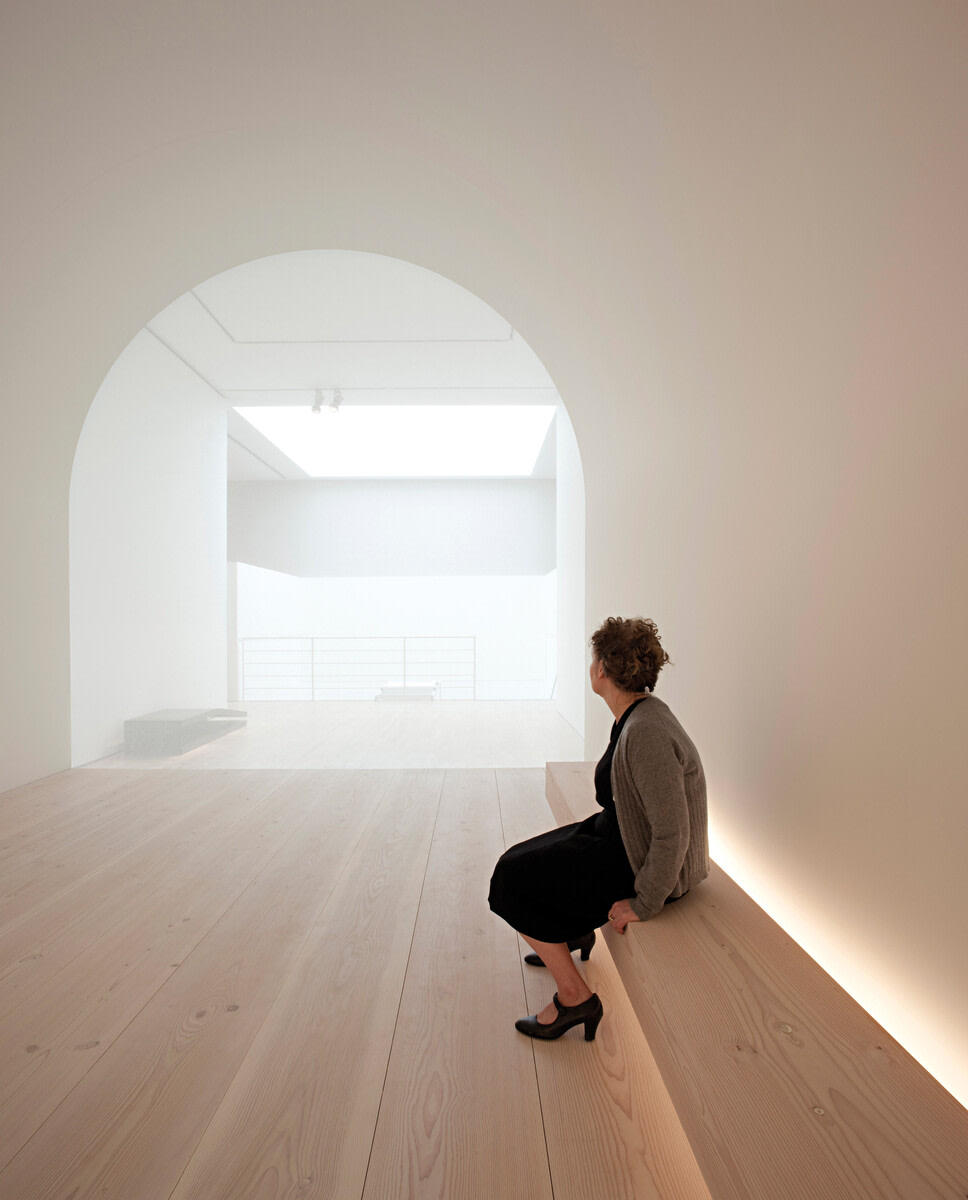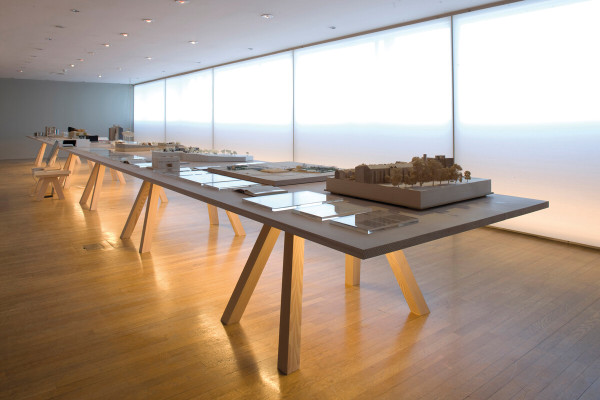
A carefully selected Dinesen Douglas fir from the Black Forest in Germany played a central role in John Pawson’s design of the Plain Space exhibition at the Design Museum in London in 2010.
Museum exhibition – Design Museum, London, UK
Architect: John Pawson
Photographers: Gilbert McCarragher and Luke Hayes
__________
Douglas
Thickness: 32 mm. Width: 400–450 mm. Full lengths, up to 13 m.
Finish: Lye and White Soap
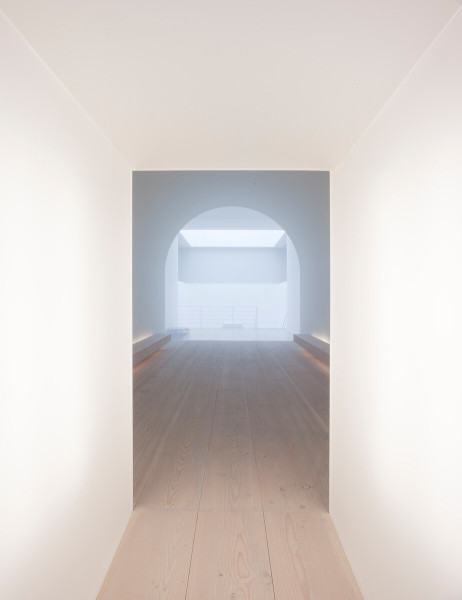
The 2010 exhibition Plain Space at the Design Museum was a celebration of John Pawson’s career. With large photographs, models of Pawson’s works and selected materials that were characteristic of his practice, the exhibition showcased selected projects from the beginning of his career in the early 1980s up to the time of the exhibition.


The photographs showed Pawson’s architecture in the landscape, while architectural elements in stone, bronze, metal and wood referenced works of architecture, including Pawson’s own home in London, and illustrated his sensitive use of materials.
Plain Space provided insights into John Pawson’s methods, architectural visions and wide range of projects spanning from religious spaces to retail shops, private homes and many other settings.
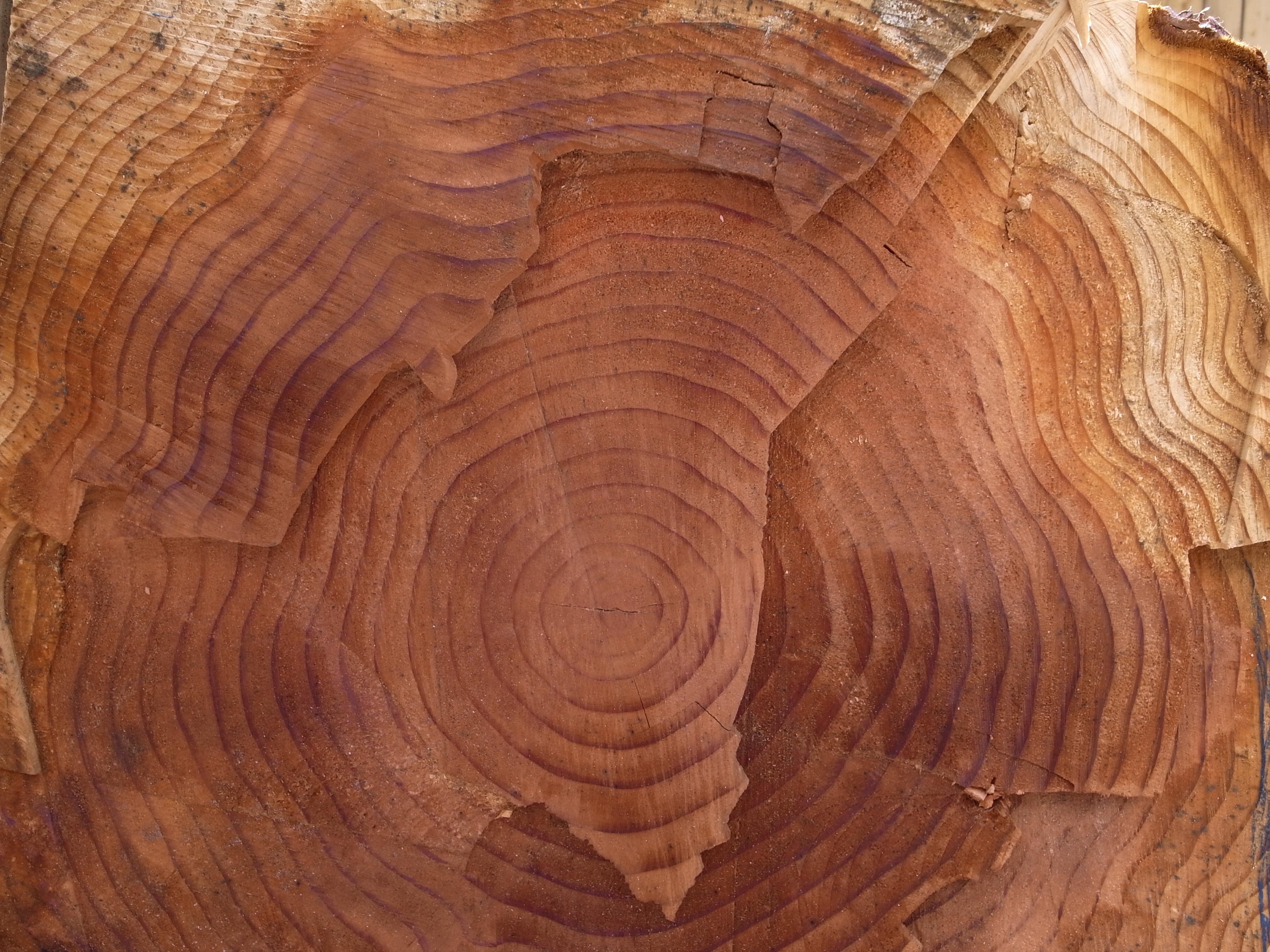
Dinesen Douglas Fir
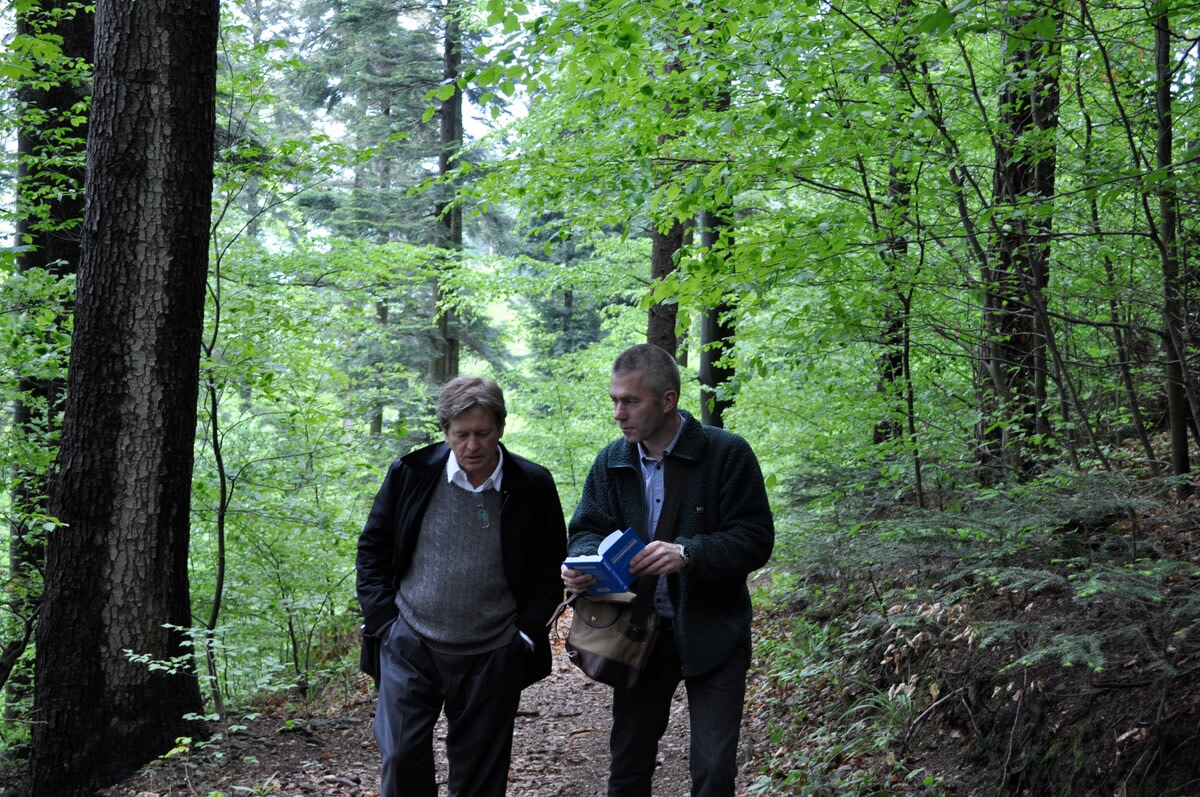
John Pawson & Thomas Dinesen in the Black Forest
Some of the elements in the Plain Space exhibition were made from a single Douglas fir that John Pawson selected when he visited the Black Forest in southern Germany with Dinesen. Among other items, Pawson designed an exhibition table made of 13-metre-long Douglas planks to showcase the works as well as benches made of planks measuring up to 9 metres in length. Pawson was convinced that Dinesen Douglas could help give visitors a better understanding of his approach to architecture, told in part through the story of his journey to the Black Forest to select and collect the tree and, in part, by the timber itself.

Black Forest, Germany
The exhibition revolved around a 1:1 installation of a room designed by Pawson with Dinesen Douglas floors and benches made from the same tree trunk, felled in the Black Forest. The room gave visitors a first-hand experience of his work and an opportunity to immerse themselves in it. The room was the museum’s first-ever full-scale architectural installation.

